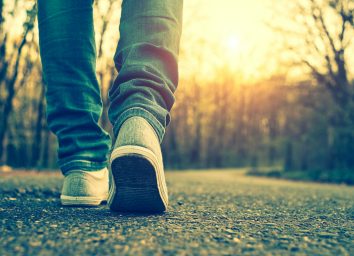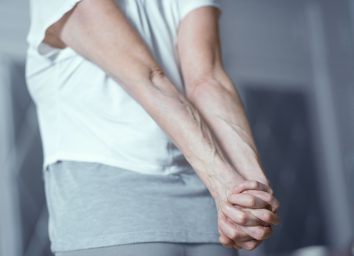Genius Little Ways You Can Move More Every Single Day

There’s nothing easier to place at the bottom of our to-do lists than exercise and movement. We’d love to hit the gym, we tell ourselves, but there’s just not enough time in the day. The problem with that is there are also few things more important to our well-being than getting up regularly and moving around.
In Your Time to Thrive: End Burnout, Increase Well-being, and Unlock Your Full Potential With the New Science of Microsteps, we at Thrive Global set about expanding our definition of movement and exercise and exploring the mindsets that limit our ability to live an active, thriving life.
We also share tons of Microsteps—small, science-backed steps you can take immediately to build habits that significantly improve your life—for bringing more movement into our lives every day that don’t require a major life overhaul. Read on for some amazing tips from our book for spotting opportunities for movement in our days where we might have not seen them before—and how to take advantage of them. And for more great ways to squeeze as much fitness into your life in as little time as possible, check out The Science-Backed Way to Get Fit in Just 12 Minutes Per Week, According to a New Study.
Think Outside the Gym
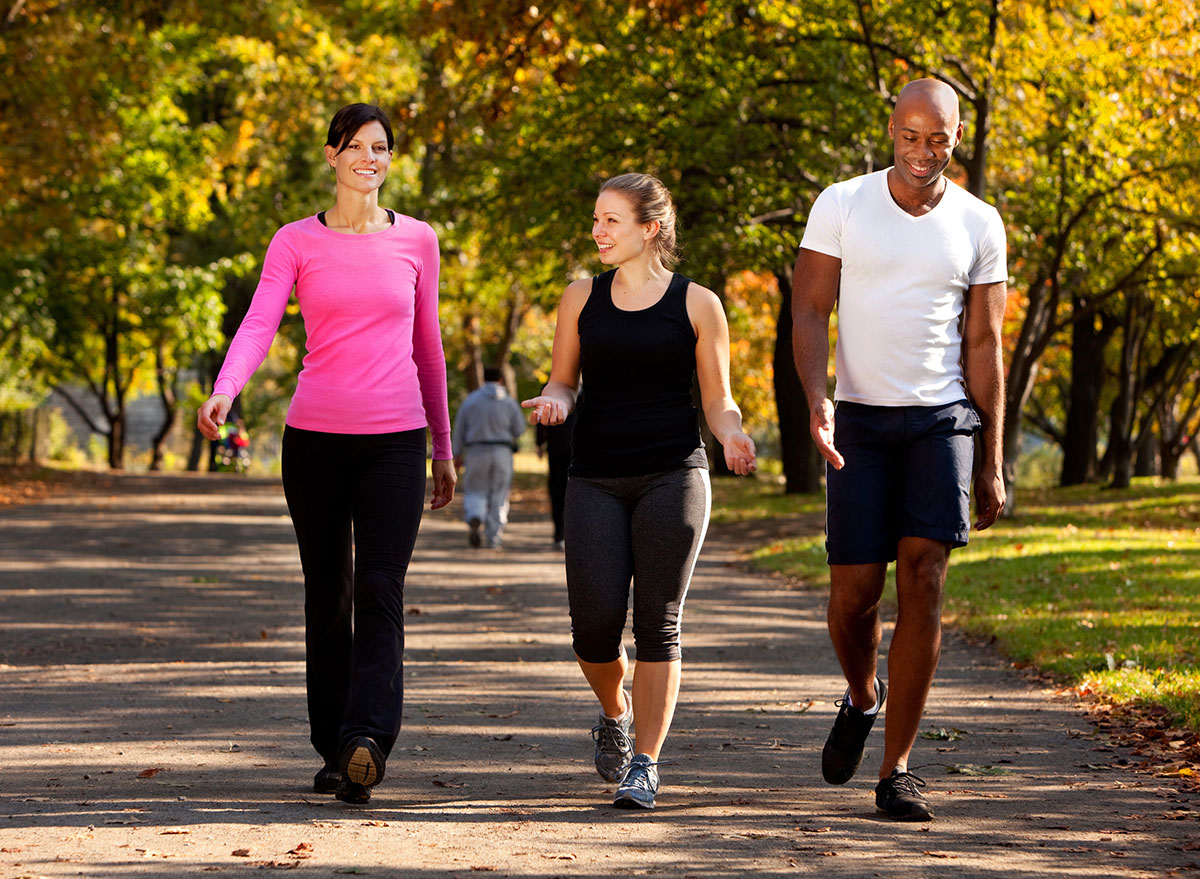
Our definition of exercise needs a refresh. When we hear the word exercise, we think of schlepping to the gym, running a 5K, or lifting heavy weights. These are all perfectly healthy and valid pursuits, but for many of us, for various reasons, they’re just never going to happen. A narrow definition of exercise only makes it easier to avoid.
There are plenty of ways that we can get creative with physical activity, and sneak some extra steps into our routines without going to the gym. And these small strategies make a difference. William Kraus, a professor at Duke University and the author of a 2018 study that links small bursts of exercise to longevity, told The New York Times, “The little things that people do every day can and do add up and affect the risk for disease and death.”
For example, if you take public transportation to work, you can get off one stop earlier to walk the rest of the way (added bonus: our brains release neurotransmitters while we walk that help us make better decisions and focus). If you drive, you can park at the outer edge of the parking lot. It sounds like nothing, but science shows that all physical activity counts—even the micro stuff.
Reframe Your Relationship with Time
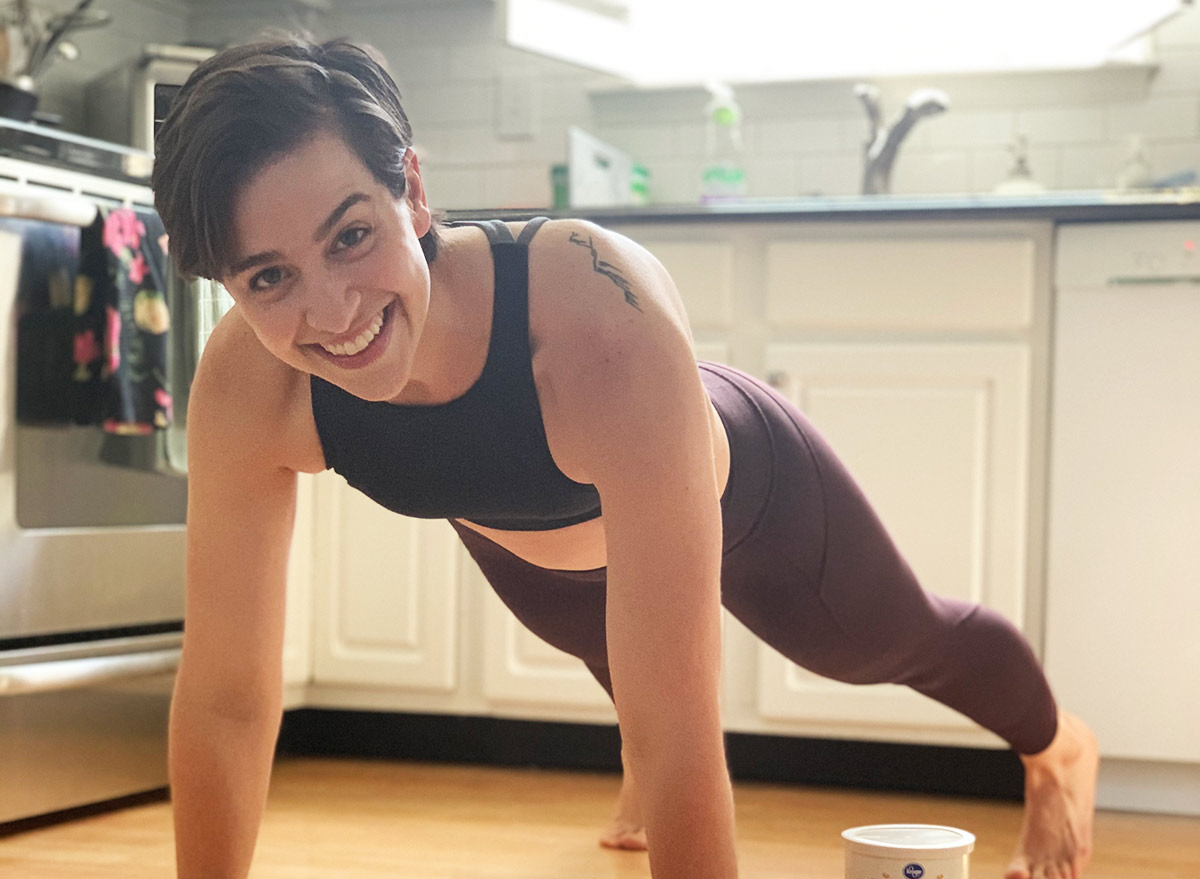
How many times have you pledged to change your sedentary ways, only to excuse yourself because you “just don’t have the time?” If you’ve been there—and we’ve all been there—don’t judge yourself. But understand that when we have a scarcity mindset about our time (a condition only worsened by associating exercise with long slogs to the gym), we may be less likely to fill the time we do have in meaningful ways. By shifting our perspective, we’ll be more able to see pockets in our day that are waiting to be filled with purposeful activity.
Movement time doesn’t need to be long to be effective. Recent science shows the value of even small bursts of physical activity. In 2018, the American Heart Association updated its guidelines on physical activity, correcting an earlier misconception that exercise needs to be a minimum of ten minutes to be effective. Instead, “the total amount is what matters,” they write.
If we only have five minutes available, we can spend one minute of that time doing jumping jacks, or dropping low and doing a plank. We can stretch at our desk. We can take a cue from Boris Kodjoe, the actor and cocreator of KOFIT, an exercise and nutrition app made specifically for busy families. Kodjoe doesn’t even attempt to make his workouts longer than twenty minutes. By making his sweat sessions bite-sized, he knows he’ll always have time for them.
Walk This Way
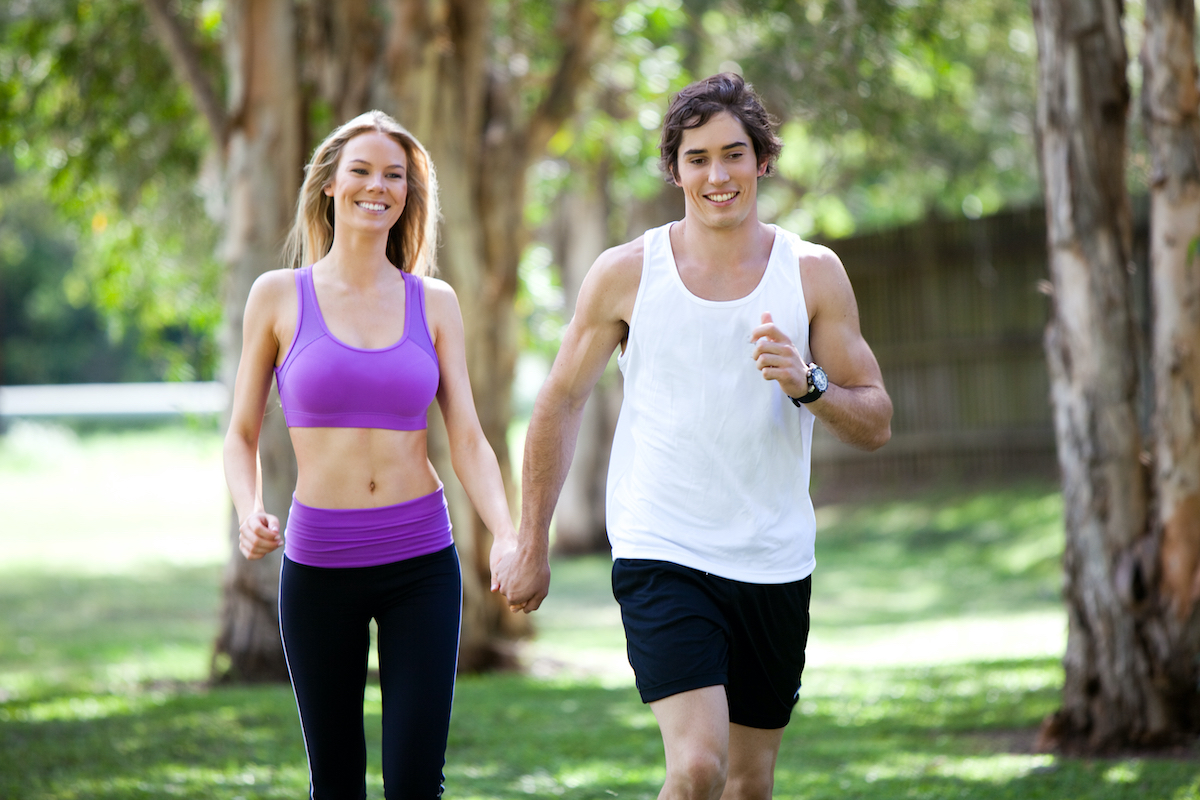
One of the most beneficial ways to move our bodies is so simple it’s easy to miss. If you’re looking for a healthy activity that doesn’t require expensive equipment or long hours at the gym, walking might be the best place to start.
Walking is one of the most studied forms of exercise, and its benefits can be seen in nearly every aspect of our lives. A study of more than forty thousand Canadians found that people who live in walkable neighborhoods have lower rates of cardiovascular disease. Walking in nature, specifically, can help reduce negative rumination, according to another study. And another study, this one by Dutch researchers, shows that those who live within one kilometer of a park or wooded area suffer lower rates of depression and anxiety than those who don’t. Walking as a tool for dealing with depression is no small thing when you consider that, according to the World Health Organization, more than 350 million people worldwide suffer from it. But even if we don’t live surrounded by trees and greenery, we can find ways to get in a short walk, with all the benefits it brings.
Finally, walking is a great habit-stacking activity. That is, you can create a healthy new habit by stacking it onto an existing habit. While you’re walking, you might use this time to call a loved one, think of three things you’re grateful for, or engage in a few minutes of conscious breathing.
Microsteps

Take a one-minute stretch break whenever you can throughout the day. Frequent movement fuels your body and mind. Stand up, change positions, stretch—anything to get your blood flowing.
Every time you brush your teeth, do a few squats. Stacking a new habit on top of an existing one is a great way to add movement with no extra time.
Once a day, turn a sit-down meeting into a walking meeting. Walking side by side with a colleague, you’ll be less likely to look at your devices, and the movement will get the creative juices flowing. And for more ways to get your creative juices flowing, don’t miss the One Major Side Effect of Walking Every Day, According to Science.
